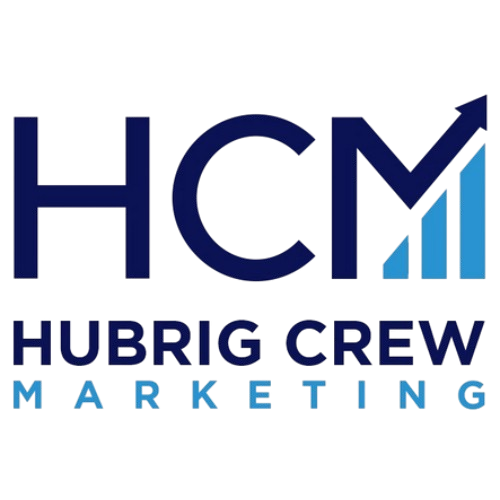Understanding SEM Basics
With the surge of digital marketing, it’s essential to understand Search Engine Marketing (SEM) and its impact. SEM is a strategy that uses paid advertising to enhance a website’s visibility on search engines, such as Google and Bing. It plays a vital role in driving targeted traffic and increasing opportunities for conversion.
SEM vs. SEO: Key Differences
| Aspect | SEM | SEO |
|---|---|---|
| Cost | Pay-per-click fees | Organic, no cost per click |
| Timeframe | Immediate results | Long-term results |
| Techniques | PPC, ad creation | On-page, off-page SEO |
“SEM delivers immediate visibility and precise targeting, making it a powerful tool for businesses.”
Pay-Per-Click Advertising
At the heart of SEM is Pay-Per-Click (PPC) advertising. This model charges advertisers each time their ad is clicked, offering a direct route to attracting potential customers. It’s an auction-based system where ads’ placements are influenced by keyword bids and ad quality.
How Search Engines Operate Paid Search
Platforms like Google and Bing facilitate paid search by using algorithms to assess ad relevance and bid amounts. These factors determine the ad rank, ensuring that users see the most pertinent ads. Understanding these mechanics is crucial for optimizing your SEM strategy to achieve maximum ROI.
The Importance of Keyword Research
Keyword research is the cornerstone of effective paid search SEM strategies. It involves identifying the terms your target audience uses when searching for products or services like yours. By understanding these terms, you can tailor your ads to better align with user intent, enhancing relevance and boosting conversion rates.
- Moz Keyword Explorer: Offers keyword prioritization and user-friendly data, ideal for SEO beginners.
- Google Keyword Planner: Great for paid keyword research with forecasting features for PPC budgeting.
- Semrush: Provides extensive insights and is best suited for advanced SEO professionals.
- Free Keyword Research Tool: Simple, effective for basic keyword insights.
Understanding the difference between long-tail and short-tail keywords is crucial. Long-tail keywords are specific phrases that attract highly targeted traffic, while short-tail keywords are broader but more competitive. According to research, using relevant keywords can improve ad performance by up to 70% as they enhance ad relevance and Quality Score.
Choosing the right keywords aligns ads with search intent, improving SERP rankings and maximizing your ROI. With the right tools and strategies, keyword research can significantly impact your ad performance and business success.
Crafting Compelling Ad Copies
Creating effective ad copies is pivotal in capturing attention and driving clicks. A successful ad copy includes clear and engaging headlines, a strong value proposition, and targeted messaging that resonates with your audience. A compelling headline should quickly convey the main message and offer a clear benefit, while descriptions must highlight unique selling points.
Utilizing a persuasive call-to-action (CTA) is another critical element. Effective CTAs are clear, action-oriented, and create a sense of urgency. Examples of strong CTAs include phrases like “Get Your Free Trial” or “See What Your Case Is Worth,” which drive engagement by being descriptive and enticing.
“A simple change in the call-to-action, such as from ‘Request a quote’ to ‘Request pricing,’ can lead to a 162% increase in click-through rate.”
Moreover, A/B testing plays a crucial role in optimizing ad copy. By continuously testing different versions, marketers can identify what works best and make data-driven improvements. Testing variables like headlines, messaging, and CTAs can significantly enhance ad performance.
By mastering these elements, businesses can create ad copies that not only engage but also convert, maximizing their return on investment in paid search SEM.
Navigating Bidding Strategies
In Search Engine Marketing (SEM), choosing the right bidding strategy is pivotal for maximizing ROI. The two primary models are CPC (Cost Per Click) and CPA (Cost Per Acquisition). CPC focuses on driving traffic by charging per click, while CPA charges only when a desired action, like a purchase, is completed. Here’s a brief comparison:
| Bidding Model | Description |
|---|---|
| CPC | Pay per click; ideal for traffic and engagement. |
| CPA | Pay per acquisition; best for specific conversions. |
When selecting a bidding strategy, align it with your business goals. For campaigns aiming to maximize conversion value, consider strategies like Maximize conversion value or Maximize conversions. Seasonality adjustments can also help adapt to temporary changes in conversion rates.
However, common pitfalls include ignoring keyword research, neglecting negative keywords, and mismanaging budgets. These errors can lead to inefficient ad spend and lower ROI. To avoid these, regularly monitor and adjust your campaigns, ensuring they stay aligned with your goals and market conditions.
Measuring Success with Metrics
Understanding and leveraging data is crucial in optimizing your SEM campaigns. According to recent studies, businesses using data-driven strategies see up to a 20% increase in ROI. Here are some essential metrics to focus on:
- Click-Through Rate (CTR): Measures how often your ads are clicked, indicating their appeal.
- Conversion Rate: Tracks the percentage of visitors completing desired actions, highlighting the effectiveness of your campaigns.
- Quality Score: Evaluates ad relevance and can lower costs per click.
- Return on Ad Spend (ROAS): Assesses profitability, guiding budget allocation.
To analyze campaign data effectively, establish clear goals and use visualizations to identify trends. Tools like Semrush for keyword insights and Google Data Studio for comprehensive reports can enhance your analysis. Setting benchmarks is equally important; they provide a reference point for future performance evaluations and adjustments.
By focusing on these metrics and utilizing the right tools, you can ensure your SEM strategy remains effective and aligned with your business objectives.
Avoiding Common Mistakes
In the realm of paid search SEM, missteps can quickly drain your budget without delivering results. One prevalent mistake is the “set it and forget it” approach, where campaigns are launched but not revisited. Continuous monitoring and adjustments are crucial for optimizing performance and ensuring your ads remain effective in reaching your target audience.
Another significant issue is the use of irrelevant keywords. These can drastically increase bounce rates and decrease conversion rates, sending negative signals to search engines and harming your SEO metrics. It’s essential to focus on relevant keywords that align with your business offerings to attract the right audience and improve engagement.
Ad testing and iteration are fundamental practices in SEM. Regularly testing different ad variations can lead to significant improvements in click-through rates and conversions. Even small changes, like tweaking headlines, can yield substantial gains. Thus, a structured approach to ad copy testing is imperative.
To optimize ad spend, focus on relevant keywords with purchasing intent and utilize negative keywords to exclude irrelevant searches. This strategy ensures that your budget is allocated efficiently, maximizing ROI and enhancing the success of your SEM campaigns.
The Need for Continuous Optimization
In the fast-paced world of search engine marketing (SEM), ongoing monitoring is crucial to ensure your campaigns remain effective and adaptable. According to industry reports, businesses that regularly update their SEM strategies see up to a 30% increase in ROI. This underscores the importance of consistently reviewing and refining your approach.
Adapting to Performance Data
Adjusting strategies based on performance data is essential for maximizing the impact of your campaigns. Regularly analyzing key metrics such as click-through rates (CTR) and conversions allows you to identify what’s working and what isn’t. This data-driven approach helps marketers make informed decisions and optimize their ad spend efficiently.
Staying Ahead of Industry Changes
Remaining updated with industry changes is vital in the dynamic digital marketing landscape. With search engines frequently updating algorithms and introducing new features, businesses must stay informed to leverage these advancements effectively. This proactive approach helps maintain a competitive edge.
Competitive Analysis
Competitor analysis plays a crucial role in continuous optimization. By examining the strategies of your competitors, you can identify trends and opportunities to enhance your own campaigns. Understanding what others in your industry are doing can provide valuable insights and inspire innovation in your SEM efforts.
FAQs about Paid Search SEM
What is the average ROI for paid search?
The average return on investment (ROI) for paid search can vary significantly across industries. However, businesses can typically expect an average ROI of around 200%, meaning for every dollar spent, two dollars are generated in revenue. Setting specific campaign goals and optimizing your strategies can help achieve higher returns.
How long does it take to see results from SEM?
Results from SEM can be seen relatively quickly, often within a few weeks. However, it may take months to fully optimize campaigns and achieve desired outcomes. Continuous monitoring and ad copy testing are crucial for sustained success.
Can small businesses benefit from paid search?
Absolutely. Small businesses can benefit greatly from paid search by targeting local markets and specific audiences. With a well-structured campaign and a focus on relevant keywords, they can compete effectively against larger competitors.
What are the best practices for SEM?
Key best practices include conducting thorough keyword research, crafting compelling ad copies, and continuously testing and refining campaigns. Additionally, using statistically significant tools to track performance metrics helps in making informed decisions for campaign optimization.



